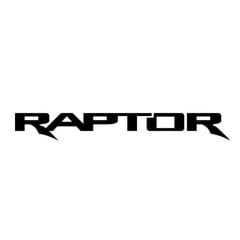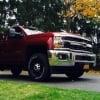HID Headlight Bulbs / HID Projector Retrofit
-
Similar Content
-
- 27 replies
- 12,209 views
-
- 10 replies
- 2,708 views
-
- 1 reply
- 2,663 views
-
- 0 replies
- 1,483 views
-
- 0 replies
- 1,334 views
-
-
Recently Browsing 0 members
- No registered users viewing this page.
-
Forum Statistics
247.6k
Total Topics2.6m
Total Posts -
Member Statistics
-
Who's Online 15 Members, 0 Anonymous, 1,417 Guests (See full list)



















Recommended Posts
Join the conversation
You can post now and register later. If you have an account, sign in now to post with your account.